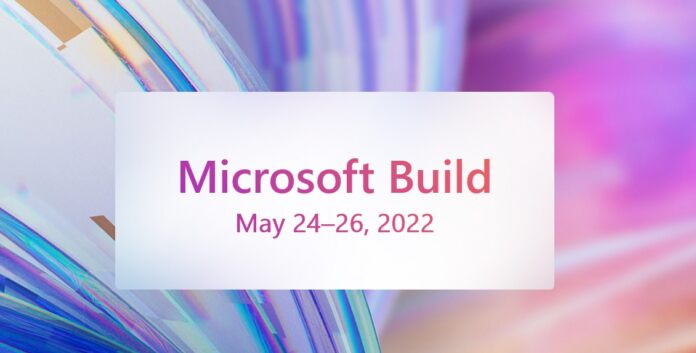Microsoft's Build 2022 developer conference will kick off later this month. As is normal, some of the announcements Microsoft has planned for the event are leaking out. Specifically, Microsoft is going to discuss a service known as Power Pages at Build 2022. However, instead of being a new product, it will be a rebranding of Power Apps portals.
WalkingCat discovered URLs that showed presentations for Power Pages that Microsoft will show at Build 2022. One of the URLs – https://make.powerpages.microsoft.com/ – shows that Power Pages is the new name for Power Apps portals.
Power Apps is Microsoft's no-code platform for building enterprise applications. As for Power Apps portals, it is a hosting and development service for building business websites with low-code features. It allows organizations to create and publish mobile and desktop sites with templates.
Launched in 2019, Power Apps portals is itself a rebrand of Dynamics 365 portals. According to Microsoft, portals is one of the fastest-growing services in Power Platform, which is the combination division of Power Apps, Flow, and Power Bi.
Power Pages pic.twitter.com/DolJ23WwcM
— WalkingCat (@_h0x0d_) May 3, 2022
Coming Soon
PowerApps has hundreds of integrations to help business develop apps/sites in a low-code environment. While Power Apps portals is just one part, it is becoming increasingly popular. It is clear Microsoft wants to build on the growing popularity with a refresh of the brand. It is likely the company will launch new features alongside the name change.
Microsoft itself already uses portals to power some of its webpages, such as the self-service customer returns sites. We are sure Microsoft will explain loads more about Power Pages at Build 2022 later this month.
Tip of the day: Did you know that your data and privacy might be at risk if you run Windows without encryption? A bootable USB with a live-linux distribution is often just enough to gain access to all of your files.
If you want to change that, check out our detailed BitLocker guide where we show you how to turn on encryption for your system disk or any other drive you might be using in your computer.






